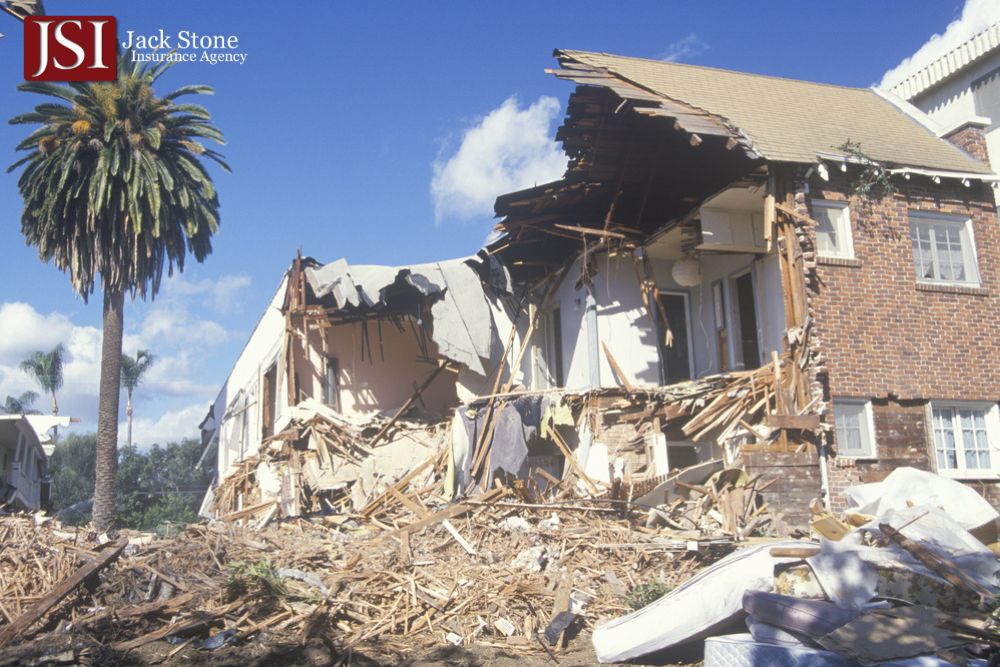


California is renowned for its natural beauty, but it’s also one of the most seismically active regions in the United States. With numerous active fault lines, the risk of a major earthquake is an ever-present reality for homeowners. Understanding earthquake insurance, its cost, what it covers, and why it matters is essential for protecting your home and financial security.
Standard homeowners, renters, and condo insurance policies do not cover earthquake damage. This means that, without a separate earthquake insurance policy, you could be left to pay out-of-pocket for costly repairs or even a complete rebuild after a major quake.
Given California’s seismic history and the likelihood of future earthquakes, earthquake insurance is strongly recommended for anyone who owns property in the state.
The cost of earthquake insurance in California depends on several factors:
Location: Proximity to fault lines, such as the San Andreas, increases premiums. Cities like Los Angeles and San Francisco typically have higher rates due to greater seismic risk.
Home Value: The replacement cost of your home directly impacts your premium.
Home Age and Construction: Older homes and those built with less earthquake-resistant materials generally cost more to insure.
Deductible: Earthquake insurance policies often have higher deductibles, commonly 10% to 20% of your coverage amount.
The average annual premium for earthquake insurance in California is about $3.54 per $1,000 of coverage.
For a home with a $500,000 replacement cost, this equates to an annual premium of approximately $1,770.
However, actual costs can range from $500 in lower-risk areas (like Fremont) to over $3,000 in higher-risk areas (such as Santa Clarita or parts of Los Angeles).
In January 2025, the California Earthquake Authority (CEA) implemented a 6.8% rate increase for all new and renewal policies. For most homeowners, this means an average increase of about $70 per year.
A typical California earthquake insurance policy includes:
Dwelling Coverage: Pays to repair or rebuild your home up to the policy limit.
Personal Property: Covers damage to belongings such as furniture and electronics.
Loss of Use: Pays for additional living expenses if your home is uninhabitable after a quake.
Note: As of 2025, policies with personal property coverage now include a $500 sub-limit for certain breakable items (like glassware and ceramics) at no extra cost.
Deductible Size: Earthquake insurance deductibles are much higher than those for standard homeowners policies—often 10–20% of the dwelling coverage. For a $500,000 policy with a 15% deductible, you’d pay the first $75,000 of repairs out of pocket.
Coverage Limits: Ensure your policy limit matches your home’s replacement cost, not just its market value.
Premium Variation: Premiums can vary widely by location, home characteristics, and insurer. It’s wise to compare quotes.
Policy Requirements: To buy earthquake insurance from the CEA, you must have a homeowners or renters policy with a participating company.
Don't leave your home and financial well-being to chance. Contact us today at Jack Stone Insurance Agency to discuss your earthquake insurance options and receive a personalized quote designed specifically for your needs. With expert guidance and tailored coverage, you can have mental security knowing that you and your loved ones are protected against unexpected disasters. Take the first step toward safeguarding your future, you can also call us directly at (925) 392-8365.
Market Growth: The U.S. earthquake insurance market is projected to grow from $8.02 billion in 2024 to $8.55 billion in 2025, a 6.6% increase.
Coverage Rates: Over 37% of residents in the western U.S. report having purchased earthquake coverage, nearly three times higher than other U.S. regions.
Vulnerable Cities: Millions in 42 states are at risk for earthquake damage, but California cities like San Francisco, San Mateo, and San Bernardino are among the most vulnerable in 2025.
2025 CEA Changes: The CEA’s 6.8% rate increase takes effect for all new and renewal policies issued on or after January 1, 2025. New policies with personal property coverage include a $500 sub-limit for breakables at no additional cost.
Yes, renters can purchase earthquake insurance to cover personal belongings and loss of use, but not the building structure itself.
Aftershocks are generally considered part of the same seismic event if they occur within a specified period (often 72 hours), and are covered under the same claim.
Yes, most policies include “loss of use” coverage, which pays for additional living expenses if you need to live elsewhere while your home is being repaired.
Many insurers, including the CEA, offer flexible payment options such as monthly or quarterly instalments.